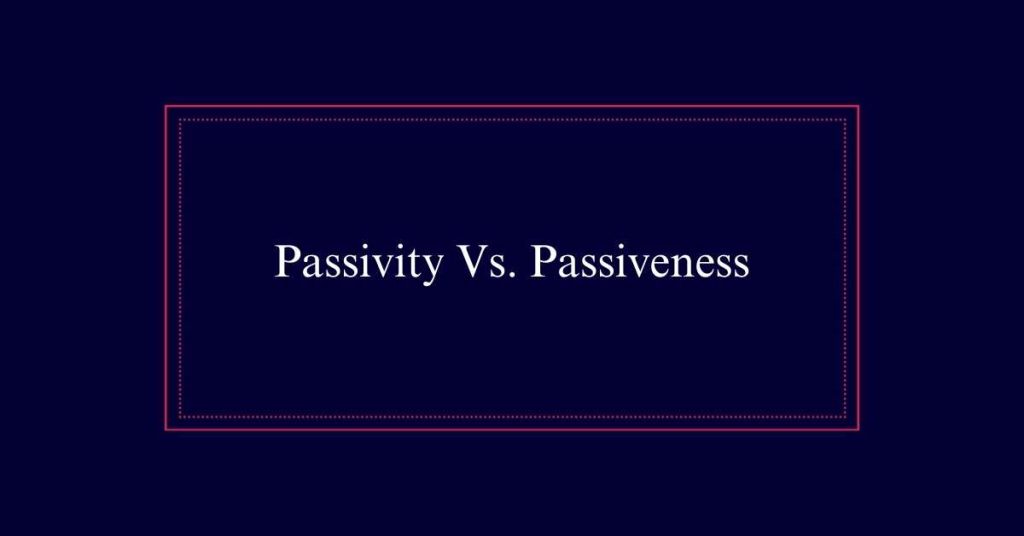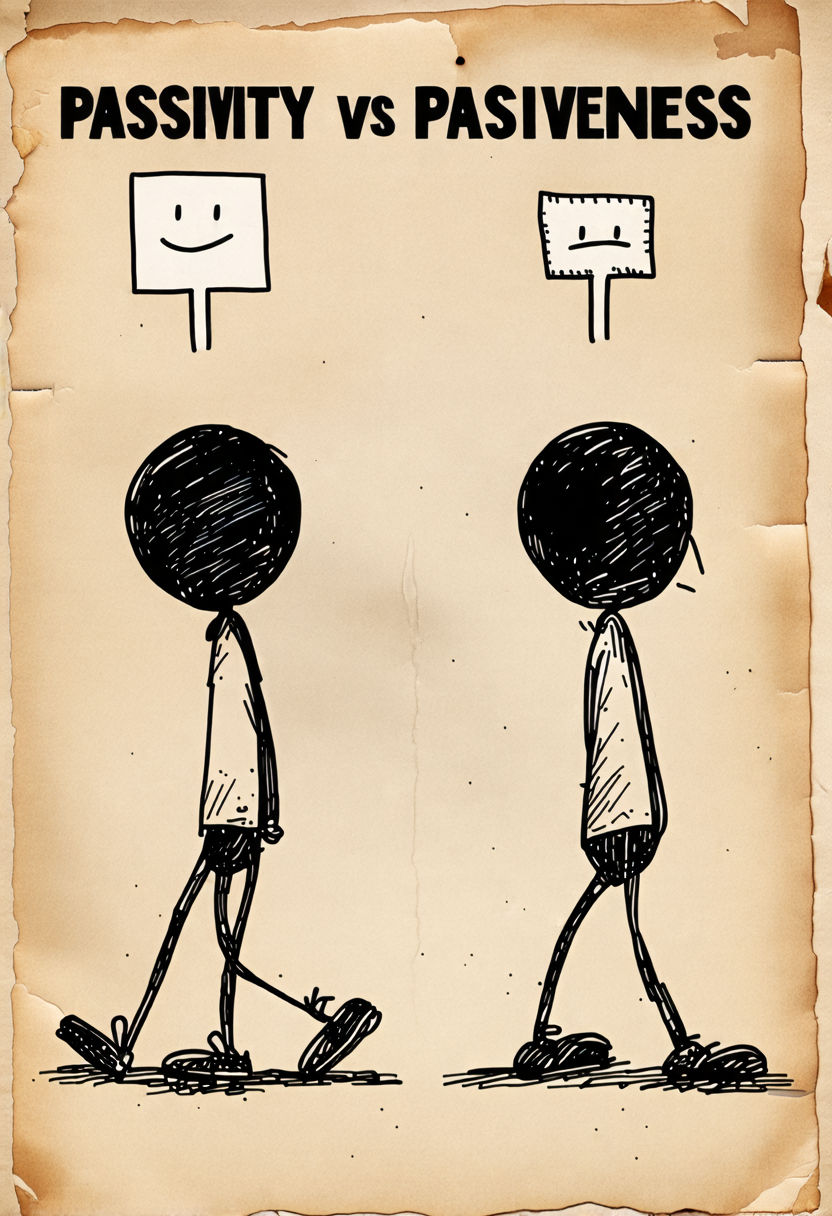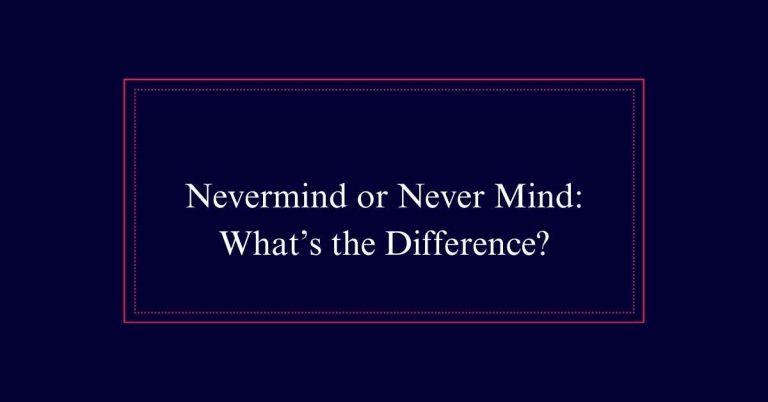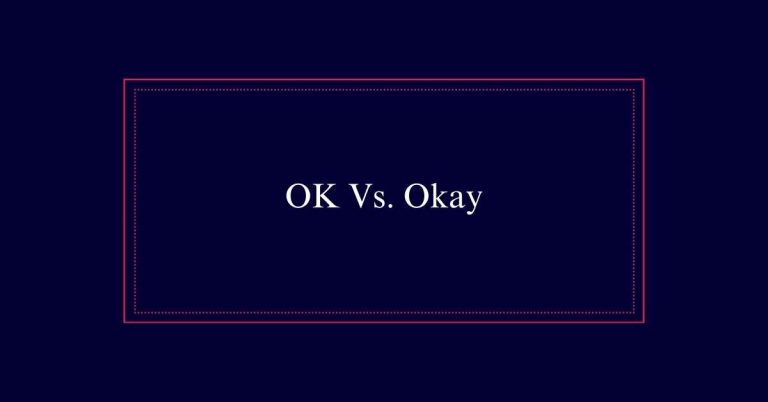Passivity Vs. Passiveness
Passivity and passiveness both describe a lack of activity or response. “Passivity” originates from the Latin suffix “-ity,” making it appear more formal. “Passiveness” uses the English suffix “-ness” and is less common. Both terms highlight situations where individuals allow events to unfold without intervention. Passiveness often refers to not taking the initiative or actively engaging, while passivity can imply a broader state of being inactive or yielding.
Defining Passivity and Passiveness
Defining passivity and passiveness requires understanding their subtle distinctions and shared characteristics. Passivity and passiveness both describe a state of inactivity or lack of response. They denote a condition where an individual does not take an active role or react to circumstances.
While both terms are nouns, ‘passivity’ is more commonly used and stems from the Latin suffix ‘-ity,’ which indicates a state or condition. Conversely, ‘passiveness’ uses the English suffix ‘-ness,’ reflecting a similar meaning. Despite these slight differences in word formation, both terms are interchangeable.
Examples of Passivity
Instances of passivity often involve individuals failing to take action or express opinions in situations where engagement is expected. This behavior can manifest in various ways, illustrating a lack of response or initiative.
Consider these examples:
- Workplace Dynamics: Employees might avoid voicing concerns about unfair policies, allowing issues to persist unchallenged.
- Social Settings: In group discussions, some individuals may refrain from contributing ideas, leaving decisions to more vocal members.
- Personal Relationships: A person might not address conflicts or express feelings, leading to unresolved issues.
Examples of Passiveness
Passiveness often appears in situations where individuals choose not to resist or take initiative, allowing external factors to dictate outcomes. For instance, an employee who refrains from voicing concerns during a meeting demonstrates passiveness by avoiding engagement.
Another example is a student who does not participate in class discussions, thereby letting others drive the conversation. In personal relationships, someone who consistently defers decision-making to their partner is also exhibiting passiveness. Such behavior can lead to feelings of frustration or resentment.
Additionally, a person who does not react to unfair treatment at work, opting to stay silent, showcases passiveness.
The Passive Adjective
While examples of passiveness reveal a lack of engagement, the term ‘passive’ serves as an adjective to describe such behavior. It is used to characterize someone who does not take an active role. This term can be applied in various contexts to illustrate non-responsiveness or non-resistance.
For instance, consider the following examples:
- Passive Voice in Grammar: The subject receives the action rather than performing it.
- Passive Behavior in Psychology: An individual shows little initiative or motivation.
- Passive Investment Strategy: Investors do not actively trade but follow a long-term approach.

Noun Forms Explained
The noun forms ‘passivity’ and ‘passiveness’ both denote a state of inactivity or non-responsiveness. These terms are often used interchangeably though they arise from different linguistic roots. Both illustrate a condition where an individual or entity remains inactive, yielding to external forces without resistance.
| Term | Origin | Common Usage | |
|---|---|---|---|
| Passivity | Latin suffix | -ity | More frequent |
| Passiveness | English suffix | -ness | Less frequent |
Passivity is more common in formal contexts, while passiveness is equally correct but less prevalent. Both convey a similar meaning but might be chosen based on stylistic or contextual preferences.
Passivity Vs. Passiveness Usage
Understanding the usage of ‘passivity’ and ‘passiveness’ can clarify how these terms are applied in different contexts. Both words describe a state of inactivity or lack of response.
Here are some key points:
- Literary Descriptions: ‘Passivity’ often appears in literature to describe characters who do not take action, reflecting their internal states or external circumstances.
- Psychological Contexts: In psychology, ‘passiveness’ can describe behaviors where individuals do not assert themselves, often leading to deeper discussions about personality traits.
- Everyday Scenarios: Both terms can be used interchangeably to describe common situations where someone lets events unfold without intervention, like remaining silent during a debate.
Etymology of Passivity
Passivity’s etymology traces back to the Latin word ‘passivus,’ meaning ‘capable of suffering or enduring.’ This term is derived from ‘passus,’ the past participle of ‘pati,’ which means ‘to suffer.’
The suffix ‘-ity’ is commonly used in English to form nouns from adjectives, indicating a state or condition. Therefore, ‘passivity’ encapsulates the state of being passive, reflecting a condition where one does not take an active role.
This etymological background helps explain why ‘passivity’ is often associated with inaction or non-resistance.
Etymology of Passiveness
Derived from the adjective ‘passive,’ the word ‘passiveness’ follows a straightforward etymological path. This term is formed by adding the native English suffix ‘-ness’ to ‘passive,’ indicating a state or quality. The suffix ‘-ness’ is commonly used to turn adjectives into nouns, reflecting a condition or state of being.
To elucidate further:
- Root: ‘Passive’ comes from the Latin ‘passivus,’ meaning ‘capable of suffering or enduring.’
- Suffix: ‘-ness’ is an Old English suffix used to form abstract nouns from adjectives.
- Meaning: ‘Passiveness’ denotes the quality of being passive, or not actively engaging.
Contextual Applications
In various contexts, passivity and passiveness describe a state of non-engagement or lack of active involvement. In professional settings, passivity can be seen when employees do not contribute ideas during meetings. In education, a passive student may not participate in class discussions or actively seek help. Socially, a passive person might avoid conflict or decision-making, allowing others to take the lead.
In literature, characters portrayed with passiveness often fail to drive the plot forward, instead reacting to events around them. This can serve to highlight their internal struggles or external circumstances.
Recognizing Passive Behavior
Recognizing passive behavior involves identifying situations where individuals do not take action or assert themselves. This behavior can manifest in various ways:
- Avoidance of Conflict: Individuals may steer clear of disagreements, even when their opinions are valid.
- Reluctance to Make Decisions: They might defer decisions to others, showing a lack of initiative.
- Non-assertive Communication: Passive individuals often use vague or non-committal language, avoiding clear stances.







